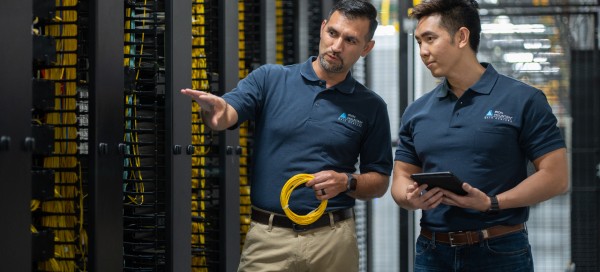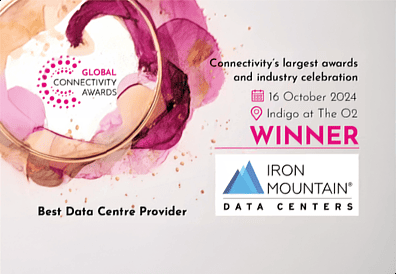Elevate the power of your work
Get a FREE consultation today!
In the fast-paced world of data center operations, staying at the forefront of technology innovation requires regular hardware and infrastructure updates.

As demands for storage, compute power, and advanced technologies like AI and IoT surge, the need for efficient decommissioning becomes paramount. However, data centers hold sensitive information from millions worldwide, heightening the importance of secure and effective decommissioning practices. In this blog, we explore the critical role of data sanitization, transforming infrastructure into a circular model, exceeding security regulations, and optimizing the total cost of ownership.
Incorporating a circular model into your data center infrastructure is key to adapting to evolving market demands. As data breaches and theft concerns rise, rigorous data sanitization during decommissioning is fundamental. Correctly executed, this practice unearths untapped value in hardware and infrastructure beyond their initial lifecycle, paving the way for more sustainable operations while ensuring compliance. This can be achieved through deliberate efforts to repurpose or remarket equipment after data sanitization.
In the era of digital transformation, data centers face a two-fold challenge: the exponential growth of big data and the demand for increased computing power driven by technologies like AI and ML. The sheer volume of data and computations required puts immense pressure on data center managers to optimize efficiency and infrastructure growth. As technology advances and drives equipment refresh, end-of-lifecycle planning must be strategic and comprehensive to navigate the complexities of high-velocity infrastructure while ensuring sustainability.
Efficient decommissioning, given what are often short timelines, hinges on partnering with experts who prioritize security and value. Five essential practices that ensure efficient and secure decommissioning and unlock hidden revenue include:
When selecting a partner, ask critical questions such as:
Modern data centers require a strategic approach to decommissioning that goes beyond traditional models. Collaborate with industry experts to optimize hardware lifecycles, ensure secure decommissioning, and navigate the complexities of evolving technology. A circular data center model not only maximizes financial returns but also aligns with sustainability objectives, contributing to the global circular IT hardware industry.
Get a FREE consultation today!

